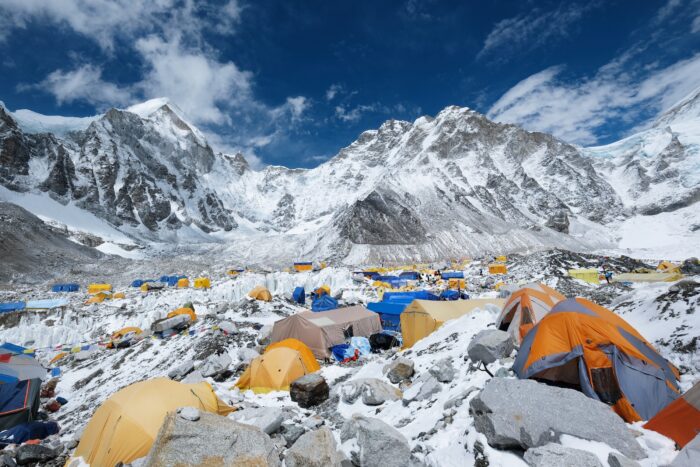The comment period for Yosemite National Park’s finalized Wilderness Climbing Permit system ends Sunday. Here’s what you need to know.
In an age where climbers are Olympians and Oscar winners, it’s not a matter of conjecture that rock climbing is more popular than ever. And in arguably the most famous rock climbing destination on the planet, flocking crowds are becoming a crux. That can be especially true on big wall climbs, where trash, human waste, and abandoned gear stashes can become big problems.
So in 2021, Yosemite National Park officials intervened by requiring climbing permits for the first time in the sport’s 70-year history in the park. The National Park Service (NPS) sought to increase accountability among climbers in critical areas like Half Dome and El Capitan and develop a firmer grasp of traffic patterns.
But, the agency said this August its evaluation of that program showed results were not satisfactory. Now a new “long-term solution” is on its way.
View this post on Instagram
The good news is that the old days of tensions between Park Rangers and climbers have lapsed into something resembling collaboration. And through a relatively newfound and growing rapport, stakeholders at multiple locations along the spectrum are optimistic ahead of the program’s finalization.
However, rules on when and where you can climb had never existed before 2021, so details remain nebulous.
Today, 3 days remain until the comment period for the upcoming management plan ends. Here’s what you need to know about the complicated issue’s multiple sides.











